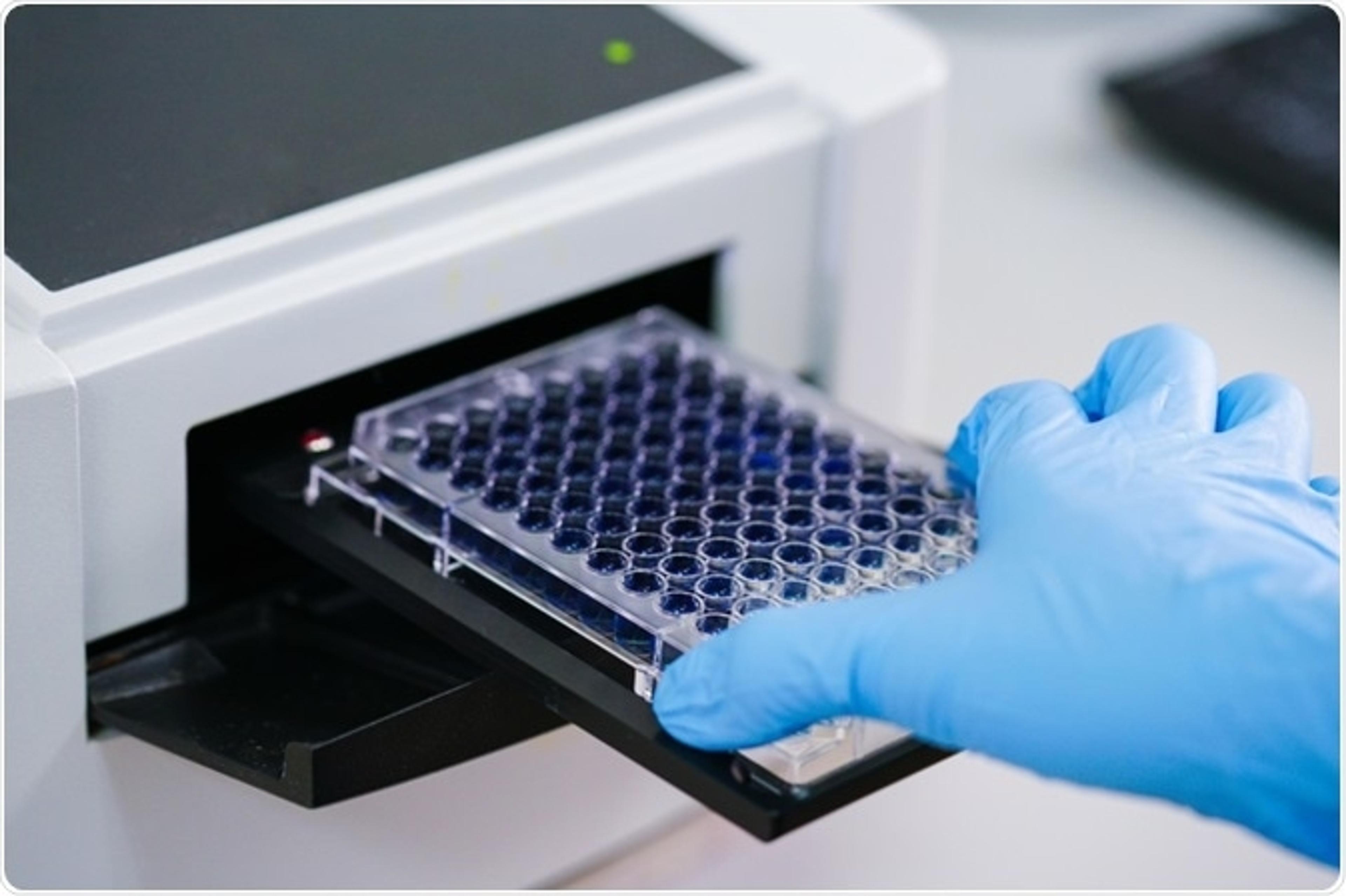How can multiplexing improve the efficiency of early-stage biomarker and drug discovery?
The early stages of drug discovery suffer from high failure rates, with only 5% of compounds making it to lead generation stage. Typically, there is only one opportunity to screen a compound, so choosing an assay format that delivers reliable results the first time around is a critical factor.
Multiplex immunoassays have advantages over traditional ELISAs as they allow simultaneous measurement of many targets from a single sample volume. However, it isn’t always clear which format of assay is most appropriate for your application, as not all are suitable for high-throughput screening, are automation-friendly, or have high enough plex. Researchers may also want to quantitate microRNA (miRNA) targets rather than traditional key protein biomarkers such as cytokines.
In this SelectScience webinar, Emma Ghaffari, Field Application Scientist at Abcam, will address these questions and discuss how different approaches to multiplexed assays can be used to improve the efficiency of the drug and biomarker discovery pipelines, improving the quality of lead compounds progressing to the next stage of drug discovery.
Key learning objectives:
- Learn how to improve the efficiency of biomarker screening and early-stage drug discovery
- Understand the factors that need to be considered when choosing a multiplex assay
- Discover how different assay workflows can impact the complexity of process automation
- Explore the benefits of Abcam’s FirePlex multiplex assays for measuring both protein and miRNA targets and how they are being used by leaders in the field
Who should attend:
- Those working on high-throughput screening for biomarker discovery and early-stage drug discovery
- Researchers interested in studying more about multiplexing and how it can fit their workflow
- Scientists already exploring biomarker discovery and who want to learn more
Speakers



